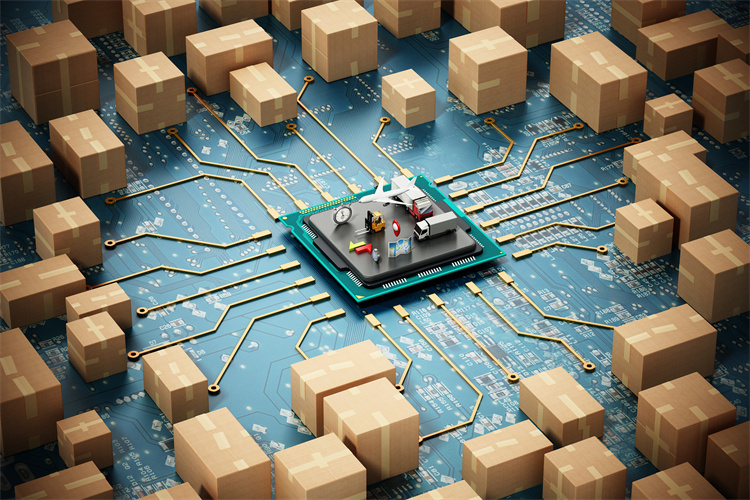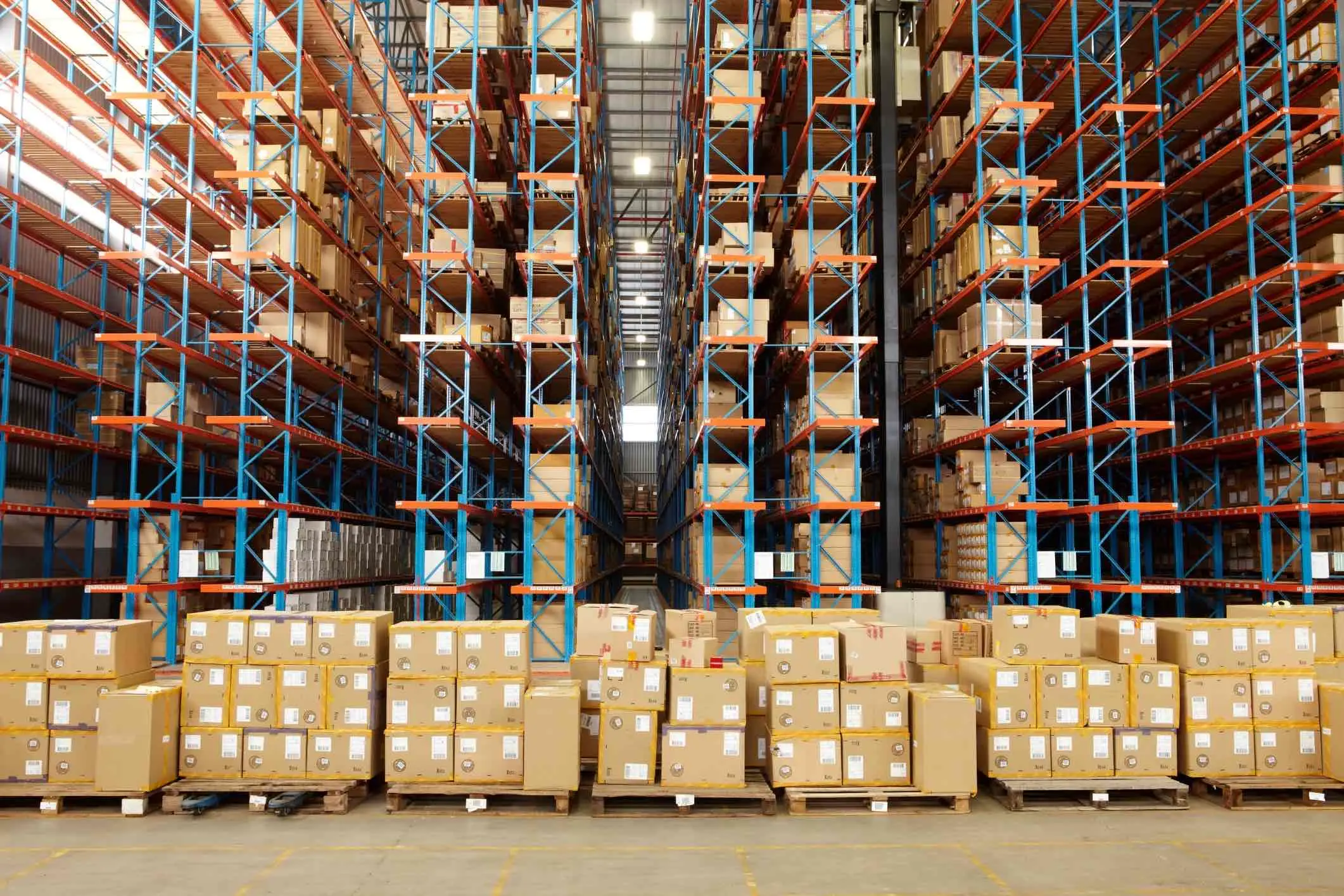Top AI Trends Transforming Industries in 2025

Artificial intelligence (AI) is changing industries with new technology and smart uses in 2025. Companies are using AI tools to improve and build a data-focused way of working. For example:
The global AI market grows 37% each year, adding $15.7 trillion to the economy by 2030.
61% of companies say AI helps make better-quality products.
AI trends, like automated decision-making, are turning businesses into data and AI-focused groups. Smaller language models make AI work better and handle security risks. Good AI rules ensure fair and successful use, helping all industries benefit from these changes.
Key Takeaways
AI is growing fast, with its market rising 37% yearly. It might add $15.7 trillion to the world economy by 2030.
Companies using AI tools see better products and quicker choices. This improves how they work and makes customers happier.
Generative AI is changing how content is made. It helps marketers save 60% of their time to focus on creative ideas, boosting profits and interest.
Improvements in AI Thinking
AI thinking is changing industries by helping make smarter choices. In 2025, better AI thinking brings new ideas and helps businesses grow.
Better Choices in Different Fields
AI thinking helps by studying big data and giving useful tips. For example, in healthcare, AI tools find diseases faster and suggest treatments quickly. In finance, AI spots fraud and checks credit risks, saving money. Lawyers use AI to review contracts and follow rules more easily.
Field | Use | Benefit |
|---|---|---|
Healthcare | Help with Diagnoses | More accurate results |
Suggest Treatments | Quicker decisions | |
Find New Medicines | Faster medicine creation | |
Finance | Spot Fraud | Fewer money losses |
Check Credit Risks | Safer systems | |
Investment Advice | Smarter money plans | |
Legal Work | Review Contracts | Faster legal checks |
Follow Rules | Fewer mistakes | |
Predict Cases | Save money on legal work |
These examples show how AI thinking makes industries work better.
Uses in Health, Money, and Supply Chains
AI thinking helps in health, money, and supply chains. In health, tools like Google’s LYNA find breast cancer with 99% accuracy, saving lives. AI also speeds up medicine creation, cutting time from 12 years to 2 years. In money matters, AI fights fraud, stopping a $4.6 billion loss by 2026. Supply chains use AI like Llamasoft to study 200,000 data points fast, saving millions. These examples show how AI thinking changes important fields.
Problems and Solutions with AI Thinking
AI thinking has big benefits but also problems. Ethical issues happen when AI makes choices that affect people, like in health or money. It’s important to make AI fair and clear. Other problems include adding AI to old systems and handling big AI models. Companies need strong plans to fix these problems. By being careful and smart, businesses can use AI thinking well and avoid risks.
Rise of Agentic AI in 2025
Agentic AI is changing industries by letting systems work on their own. These systems make smart choices without needing constant human help. In 2025, this technology is improving factories, shipping, and business tasks.
Smarter Systems in Factories and Shipping
AI-powered systems are making factories and shipping better. They adjust to market needs and make custom products faster. These systems also check machines all the time to prevent breakdowns. This keeps machines running longer and saves money.
Gartner says AI improves work efficiency by 25%.
Predictive maintenance cuts repair costs by 10-40% and downtime by 30-50%.
Deloitte found AI lowers supply chain costs by 15-25%.
These tools help businesses save money, work faster, and meet customer needs.
AI Helpers in Business
AI helpers are now important for businesses. They organize tasks, boost work speed, and improve customer service. For example:
AI chat tools help solve 14% more customer problems per hour.
New workers get 34% more done with AI support.
Lenovo improved coding speed and quality by 15% using AI tools.
AI chatbots now solve most customer issues without needing people. But, companies must train workers and encourage new ideas to use AI well.
Keeping AI Safe and Fair
As AI gets smarter, keeping control and being fair is key. To use AI responsibly, companies can:
Strategy | What It Does |
|---|---|
Lets managers watch AI systems to ensure they follow human rules. | |
Industry-wide Ethics Committees | Groups of experts check if AI projects are fair and follow rules. |
Cross-domain Collaboration | Teams from tech, schools, and governments work together on AI policies. |
These steps help businesses use AI safely and fairly while staying in control.
Generative AI Changing Creativity in 2025
Generative AI is changing how we create in 2025. It helps make content, design new ideas, and improve industries like media and entertainment. With smarter AI tools, we can explore fresh ideas and redefine creativity.
Changing How We Make Content and Market
Generative AI is improving content creation and marketing. It helps make high-quality content faster and easier. For example, AI can write blog posts, captions, and video scripts in minutes. This lets people focus on creative ideas instead of boring tasks.
Metric | Impact |
|---|---|
Efficiency | Marketers save 60% of their time using AI. |
Cost Savings | Less time spent means lower labor costs. |
Engagement Rates | Better audience feedback and more clicks. |
Return on Investment (ROI) | Top AI users report higher profits from better performance. |
Generative AI also makes marketing more personal. It studies customer data to create messages that connect with people. This improves engagement and gets better results. As AI grows, we’ll see even more tools to improve marketing.
New Ideas in Media, Sports, and Design
Generative AI is bringing exciting changes to media, sports, and design. It helps create virtual worlds, lifelike characters, and fun experiences. AI-made music and art are becoming popular, offering unique creations.
North America owns 48.2% of the global AI sports market.
The sports analytics market will grow from $3.2 billion in 2022 to $16.5 billion by 2031.
AI is also improving sports analytics. It studies player performance, predicts games, and boosts fan experiences. The global AI sports market, worth $2.2 billion in 2022, may reach $29.7 billion by 2032, growing 30.1% yearly. These changes show how AI is shaping the future of creativity.
Fighting Misinformation and Ethical Issues
Generative AI has many benefits but also raises concerns. Some worry about AI spreading false information. However, studies show most misinformation comes from simple tricks, not AI.
To fix this, we need trust and digital skills. Journalists and fact-checkers help keep information honest. By following good practices, they can fight false news. Users should also use AI responsibly and support fairness and transparency.
Generative AI is a strong tool for creativity. By knowing its power and solving its problems, we can use it to innovate and succeed.
Multimodal AI and Its Integration

Multimodal AI is changing how systems handle different types of data. By combining text, pictures, sounds, and videos, it creates smarter tools. These tools understand context better and bring new ideas for automation.
Unified AI Models for Handling Data
Unified AI models work with many data types at once. They use special methods to find links between different kinds of data. For example:
Technique | Purpose |
|---|---|
Handle many data types together | |
Graph neural networks | Show connections between data types |
Contrastive learning techniques | Find patterns across different data |
These models improve how computers understand real-world details. They also share knowledge between areas, helping with better data analysis and new automation ideas.
Advantage | Explanation |
|---|---|
Better data analysis | Makes systems smarter and more aware |
New automation ideas | Creates chances to solve hard problems |
Uses in Shopping, Customer Service, and Supply Chains
Multimodal AI is improving shopping and customer service. It makes experiences personal and helps businesses run smoothly. Some examples are:
Example | Benefit | Description |
|---|---|---|
Personal Suggestions | AI voice bots give custom advice to shoppers. | |
Smart Device Integration | Better Shopping Experience | Devices like smart fridges allow voice shopping. |
Predictive Help | Quick Customer Support | Virtual helpers warn about late deliveries. |
Health-Focused Shopping | Custom Product Advice | AI suggests items based on health needs. |
Connected Systems | Smooth Service Everywhere | AI links online and store data for better service. |
In supply chains, multimodal AI studies big data to improve processes. It predicts demand, plans routes, and ensures on-time deliveries. These examples show how AI is changing industries.
Fixing Problems with Multimodal AI
Multimodal AI has challenges to solve. Issues include slow systems, missing data, and uneven technology. Fairness is also important, especially for helping all groups equally.
To fix these problems, good data is key. Systems need enough data that is diverse and high-quality. By solving these issues, multimodal AI can grow and improve industries everywhere.
AI in Science and Industry Breakthroughs
AI is bringing big changes to science and industry. It speeds up research, solves environmental problems, and helps industries grow faster.
Faster Drug Discovery and Better Healthcare
AI is making drug discovery quicker and cheaper. Normally, creating a drug takes 13-15 years and costs over $2.5 billion. Less than 10% of drugs get FDA approval. AI cuts this time a lot. For example:
AI helped a lung disease drug reach human trials in 2.5 years.
AI support in drug-making improves health and lowers costs.
In healthcare, AI studies large data to find diseases quickly. It also suggests treatments that work best. These tools save lives and make healthcare easier for everyone.
AI Helping Fight Climate Change
AI is helping fight climate change in smart ways. It studies climate data and gives ideas for saving the planet. For example:
AI suggests planting trees and using cool roofs to lower heat.
It improves waste sorting and plans better trash pickup routes.
AI checks satellite images to track deforestation and melting ice.
AI also helps report carbon emissions faster and more accurately. These tools make it easier to follow green rules and protect the Earth.
Problems with Growing AI in Industry
Using AI in industries and research has challenges. Many companies use old systems that don’t work well with AI. Building AI tools takes years and costs a lot. Some common problems are:
Problem Type | What It Means |
|---|---|
Old Systems | Older systems make it hard to add AI. |
High Costs | AI needs a lot of money and time to develop. |
Scaling Issues | AI must handle big tasks and still be worth the cost. |
To fix these issues, industries need AI that grows with their needs. By solving these problems, companies can use AI to its full power.
JUSDA’s Role in AI-Driven Supply Chain Management
Artificial intelligence (AI) is changing how supply chains work. JUSDA is leading this change by using advanced AI tools. These tools make supply chains faster, smarter, and more successful worldwide.
Using AI to Improve Supply Chains
AI tools can make supply chains work much better. JUSDA uses AI for smart predictions, live tracking, and managing inventory. These tools help businesses guess demand, avoid delays, and save money.
For example, the 2023-2024 China logistics report shows JusLink improved supply chains with smart predictions. This increased accuracy by 78% and sped up inventory turnover.
AI also helps make better decisions by studying large amounts of data. It finds patterns people might miss and helps businesses react quickly to changes. With AI, companies can cut waste, deliver on time, and run smoother operations.
JusLink Platform and Its Benefits
JusLink, JUSDA’s smart supply chain platform, uses AI, IoT, and cloud computing. It gives real-time updates for the whole supply chain. This helps suppliers, manufacturers, and customers work together easily.
JusLink offers:
Demand Forecasting: Guess future needs accurately.
Dynamic Inventory Management: Track stock and prevent shortages.
Customs Coordination: Make cross-border shipping faster.
Transport Optimization: Plan better routes and speed up deliveries.
These features solve problems like tricky logistics and customs rules. JusLink also supports eco-friendly practices by cutting carbon emissions and reducing waste.
Real-Life Success Stories
JUSDA’s AI tools have helped global manufacturers improve their supply chains. They’ve made supply chains faster, more flexible, and more competitive. Here are some examples:
Evidence Description | Source |
|---|---|
AI improves supply chain speed, flexibility, and competitiveness. | Joel, 2024 |
Predictive tools boost demand planning and reduce disruptions. | Elufioye, 2024 |
AI and ML make supply chains more adaptable and efficient. | Trevisan and Formentini, 2024 |
AI has made warehouses work better and faster. | Muthaluri, 2024 |
AI has improved delivery times and lowered CO2 emissions. | Silva, 2024 |
One example is Sharp, a top appliance maker. By using JUSDA’s platform, Sharp cut logistics costs by 20% and sped up order processing. These stories show how AI can transform supply chains and help businesses grow.

JUSDA Solutions
To provide you with professional solutions and quotations.
AI in 2025 is changing industries with smarter tools and ideas. More than 70% of companies will use AI to grow faster. JUSDA’s JusLink platform shows how AI can save money and improve work. Learning about AI helps you stay ahead and ready for changes.
Forecast/Measure | Description |
|---|---|
AI Use Rate | Over 70% of businesses will use AI by 2025, showing a big move toward AI in work. |
Economic Growth | AI could add $15.7 trillion to the world economy by 2030, showing its huge value. |
AI Helpers | AI helpers will make choices and manage tasks, making work easier and faster. |
RAG Technology | RAG will make AI answers better by using live data, helping industries that need current info. |
See Also
Exploring AI's Role in Shaping Tomorrow's Supply Chain
Transformative Power of AI: Redefining Our Global Landscape
Five Key Trends Enhancing Efficiency in Supply Chains
Revolutionary AI Innovations Transforming Future Logistics Operations
Advantages of Automation in Modern High-Tech Manufacturing Warehouses
